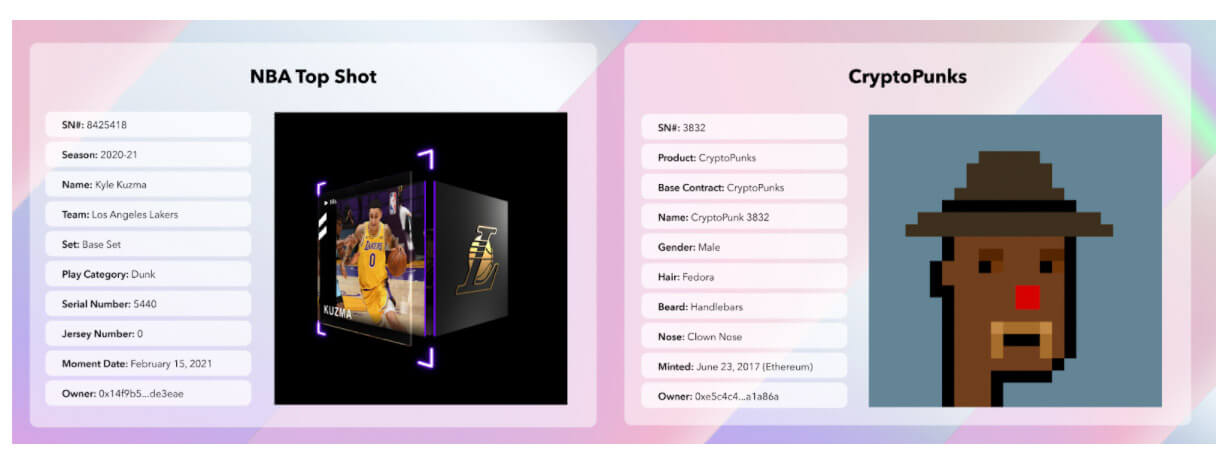
2021-6-10 17:00 |
In a press release shared with CryptoSlate, DIA announced ‘ARTs’ — a form of digital rights management (DRM) for non-fungible tokens (NFTs). That’s a lot of acronyms to pack in, but in essence, this means DIA has developed a system for embedding data rights directly into digital collectibles.
The ramifications this could have for the burgeoning NFT economy are extensive, allowing the creators of digital works to receive royalties and attribution anywhere their work is used. Existing NFT token standards, such as Ethereum’s ERC721, can support basic features such as assigning royalties to the work’s creator in perpetuity. Autonomous Rights Tokens, or ARTs, can be regarded as an evolution of this, providing a decentralized tracking service for NFTs wherever they are used.
Granting Creators What’s Rightfully TheirsCreating and minting an NFT is a relatively straightforward process thanks to turnkey solutions that free digital artists from the burden of having to master non-fungible tokens at a high level. However, once an NFT is out in the open, how do you attribute ownership given that the associated asset, such as a JPEG or GIF, is easily replicated? DIA founder Michael Weber believes that ARTs could provide the solution to better rights tracking and attribution.
“With a maturing defi ecosystem… both sources and regulators will want to understand where the data is used, where it comes from and under which licenses they are provided,” explains Weber. “DIA’s ARTs are the foundation to decentralize the entire rights management system and incentivize the DeFi community to create and use them.”
For the average DeFi user or casual NFT collector, the significance of what ARTs can support is not easily absorbed. In a bid to turn an abstract concept into something more tangible, DIA has created a number of limited edition NFTs that make use of ARTs, giving collectors an incentive to acquire a selection of ornate artworks and animations while demonstrating the efficacy of data rights management in the process.
ARTs should also incentivize the provision of new datasets, with fees going to ART holders as a means of driving the creation of new data sources. This in turn will fuel the growth of the open-source database that is at the heart of DIA’s oracle service.
Popular NFTs such as NBA Top Shot and CryptoPunks have changed hands for millions of dollars. Image: DIA. NFTs Come of AgeDIA Labs’ open-source oracle platform captures trusted data relating to financial information and crypto metadata for building defi products that add immense value to the decentralized ecosystem. As CryptoSlate recently noted, NFTs have evolved into a burgeoning economy, taking over traditional systems at an unprecedented rate, from collectibles and art to secondary marketplaces of all types.
Despite the rancor from traditionalists about NFTs being environmentally unfriendly or “just a JPEG,” they have set the framework for solving the internet-age-long dilemma of ownership. With ARTs, the DIA team is confident it’s moved a step closer to demonstrating the utility and longevity of non-fungible tokens.
The post Oracle platform DIA pioneers DRM system for NFTs appeared first on CryptoSlate.
origin »Dreamcoin (DRM) íà Currencies.ru
|
|
